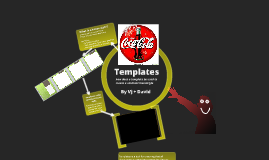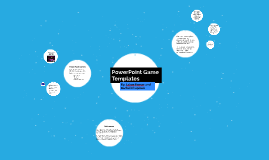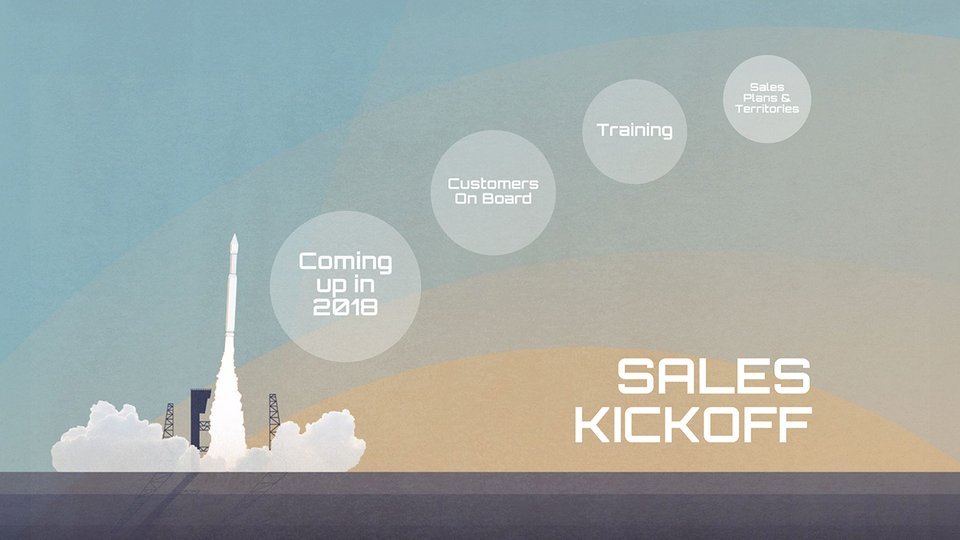Communication powerpoint
Transcript: To register for "walk for wishes" go to: www.inter.org/faf/home/default.asp?ievent=1127319 or scan this QR code According to Make-A-Wish, 89% of doctors said that wish kids can experience better their health (makeawish.com) In the 2013 year, Make-A-Wish granted around 220,000 wishes and each wish costs around $8,141 There is more to the Make-A-Wish Organization than just sending dying kids to Disney World Kids can wish to go, to be, to meet, to have, and to give Donating to Make-A-Wish will allow more kids’ wishes to be granted, and their lives improved Chris, The First Wish Thousands of kids pass away each year due to tragic diseases and conditions Cancer is most life threatening Every kid has a dream and wishes to change it to reality Donations can make dreams come true Need for money to fulfill these less fortunate children's wishes (QR code made at: http://www.qr-code-generator.com/?PID=100&gclid=COKutcHq4sQCFQetaQodikMA6g) An Introduction Make-a-wish grants a wish, on average, once every 38 minutes. A child is referred to the program about once every 28 minutes. The foundation cannot keep up with the amount of wishes it receives. Therefore, more donations would allow for more wishes to be granted, and perhaps everyone's will be if enough donations are received. This is Chris Greicius, a little boy with Leukemia His wish was to "catch bad guys" with the Arizona Department of Public Safety On April 29, 1980, he was given a tour along with a hat and uniform The officers set up cones for him to drive a battery-powered motorcycle through, in order for him to earn his motorcycle officer's wings Chris returned to the hospital when the officers went to present his wings He passed away on May 3rd with his wish fulfilled To donate go to wish.org Alexander Looks Back On His Wish TO find out more about volunteering go to michigan.wish.org to the Make a Wish Foundation A wish come true helps children feel stronger, more energetic, more willing and able to battle their life-threatening medical conditions. For many, the wish marks a turning point in the fight against their illnesses. Doctors, nurses and other health professionals say, the wish experience works in concert with medicine to make their patients feel better emotionally and even physically. That is why wishes matter. That is why we grant wishes. (Make a- Wish) Conclusion When Alexander was 9, he was diagnosed with acute lymphoblastic leukhemia. As soon as she found out about his diagnosis, his mother sought out the Make-A-Wish Foundation to have Alexander's wish, to go bug hunting, granted. That same year, Make-A-Wish sent Alexander and his entire family to the Panama Canals in order to grant his wish. While he was there he saw all new plants and animals, held an iguana and even had a bee named after him. His mother even went on to say recently "It remains the greatest trip our family has ever taken." Now 21, Alexander said there's not a day that goes by that he doesn't think about his wish that was granted. He talks about how much of an impact the wish made and how he owes Make-A-Wish for giving him the joy to continue his fight that he eventually beat against leukemia. He's now a student at Center Washington University studying Environmental Sciences. There is not enough money going into the organization to fulfill all of the kids wishes

















